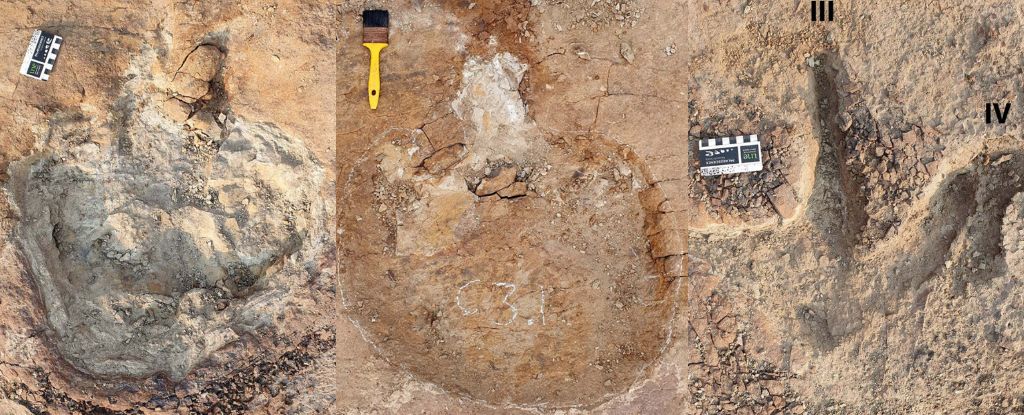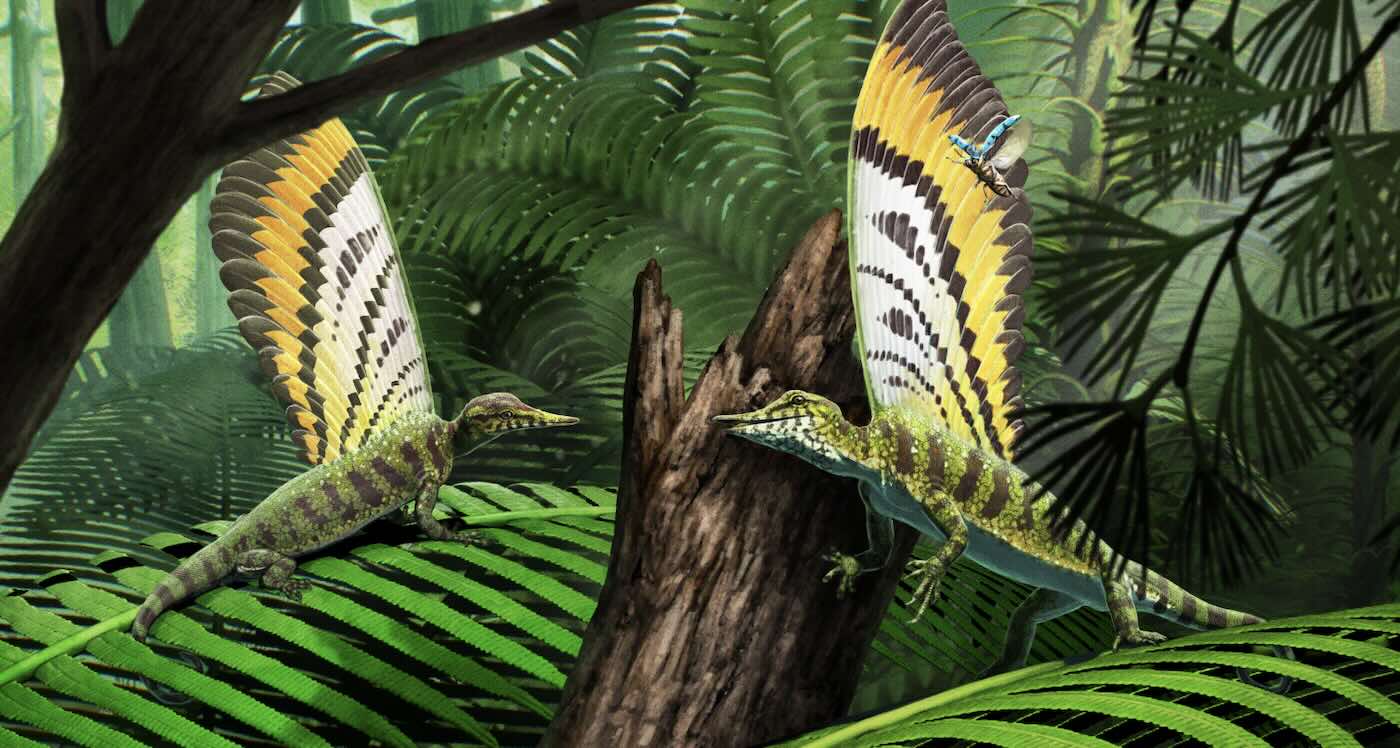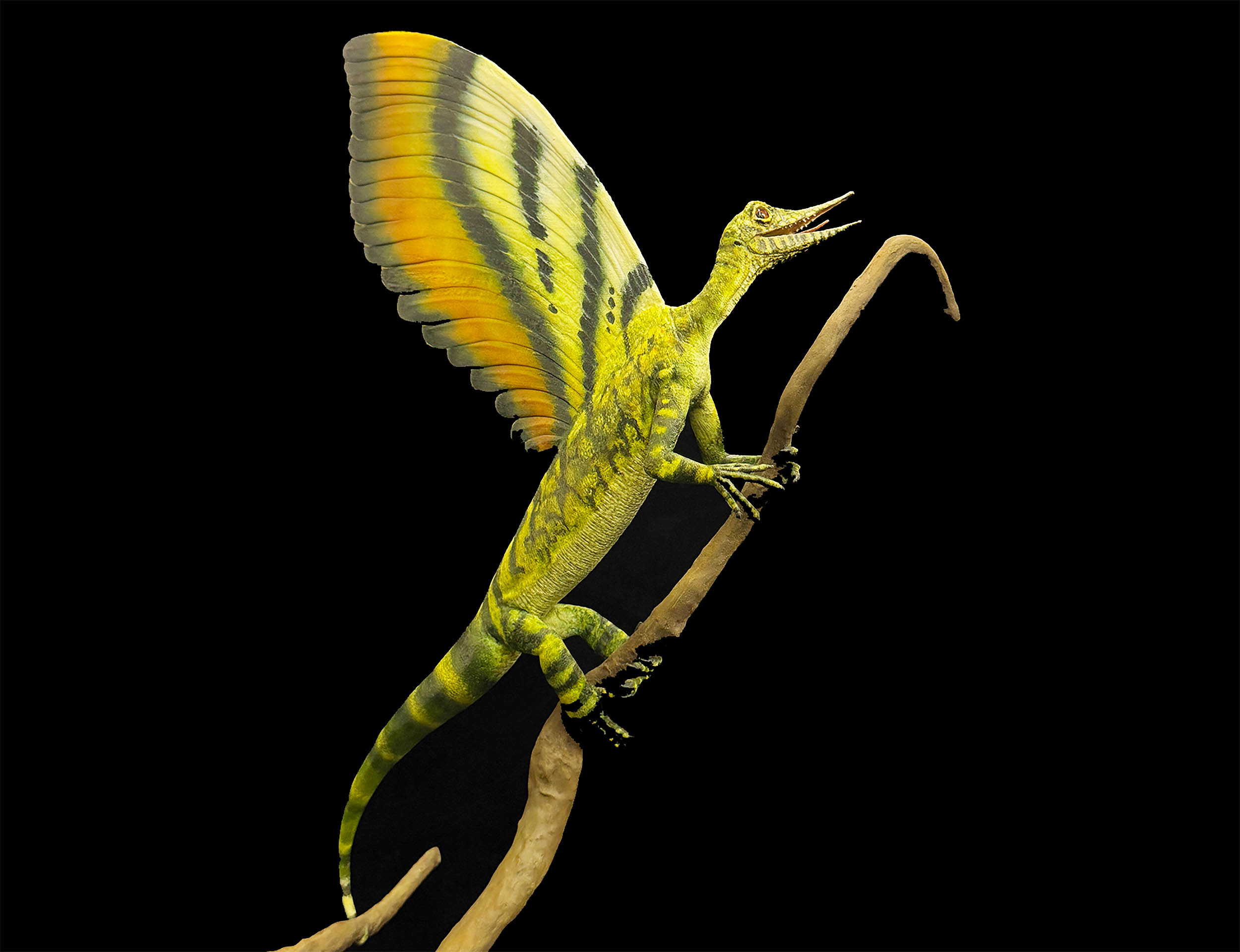T4K3.news
New dinosaur species chirped instead of roared
Pulaosaurus qinglong, discovered in northeastern China, communicates through chirps.

A newly discovered dinosaur species changes perceptions about their behavior.
New Dinosaur Discovery Reveals Chirping instead of Roaring
A recent find in northeastern China has changed how we view dinosaur communication. The small herbivore, Pulaosaurus qinglong, is believed to have chirped instead of roaring. Researchers found its remains, including rare larynx elements, which suggest it produced bird-like sounds. This makes Pulaosaurus only the second dinosaur known to have fossilized vocal structures. The dinosaur, measuring about two feet long, was identified from a region noted for its dinosaur fossils. The discovery also offers insights into its herbivorous diet.
Key Takeaways
"The shape and structure of the cartilage suggest that it may have used high-pitched, chirping vocalizations."
This highlights the unique communication abilities of the Pulaosaurus.
"Pulaosaurus represents the first neornithischian dinosaur discovered in this region."
This finding marks a significant milestone in dinosaur paleontology.
The find urges a rethinking of ancient ecosystems, highlighting that dinosaurs may have had complex vocal behaviors previously hidden in the shadow of cinematic portrayals. By emphasizing chirping over roaring, this discovery reflects a deeper understanding of animal communication in evolutionary history. It challenges the long-standing stereotype shaped by films, drawing attention to the diversity of dinosaur life and their interactions within their environments. As researchers uncover more about these creatures, our fascination with their true nature continues to grow.
Highlights
- Dinosaurs chirped, they didn't just roar.
- This find rewrites the story of dinosaur communication.
- A tiny dinosaur with a sound just like a bird.
- We're just beginning to understand dinosaur behavior.
Potential Backlash in Established Paleontological Views
The discovery may challenge long-held beliefs about dinosaur behavior, leading to disagreements in the scientific community.
This discovery opens a new chapter in the understanding of dinosaur communication and behavior.
Enjoyed this? Let your friends know!
Related News

Jurassic World Rebirth alters franchise direction

Study Reveals Possible Size of Early Dinosaurs

Dinosaur Movies and Documentaries Explore Our Fascination

Pulaosaurus Qinglong discovered in China

New Dinosaur Footprints Discovered in Canada

Titanoboa was Earth's largest snake

New Dinosaur Tracks Indicate Herding Behavior

New Triassic reptile discovery changes views on feather evolution
